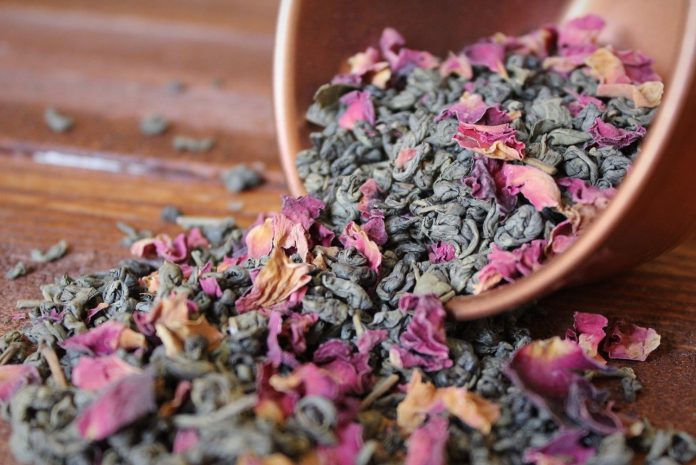In a world inundated with convenience, the art of brewing loose leaf tea stands as a testament to the beauty of simplicity and the appreciation of finer flavors. While tea bags may offer convenience, they often sacrifice the depth and nuance found in loose leaf tea. In this guide, we delve into the world of loose leaf tea, exploring its origins, varieties, brewing techniques, and the ritualistic experience it offers.
Understanding Loose Leaf Tea Loose leaf tea, as the name suggests, consists of whole or partially broken tea leaves that are not confined within a bag. These leaves retain their natural oils, aromas, and flavors, ensuring a more robust and complex cup of tea compared to its bagged counterparts.
Origins and Varieties Loose leaf tea traces its origins back to ancient China, where tea drinking was elevated to an art form. Today, the world of loose leaf tea encompasses an array of varieties, including green, black, white, oolong, and pu-erh teas, each with its unique flavor profile and brewing requirements.
The Brewing Process Brewing loose leaf tea is a simple yet rewarding process that allows the drinker to engage with the tea on a deeper level. To brew the perfect cup, one must first select high-quality loose leaf tea and determine the appropriate water temperature and steeping time based on the type of tea being brewed.
Water Temperature Different types of tea require different water temperatures to unlock their full flavor potential. Green and white teas, for example, are best brewed with water below boiling point, around 175°F to 185°F, to prevent bitterness. In contrast, black and oolong teas benefit from hotter water, typically between 190°F to 212°F, to extract their bold flavors.
Steeping Time The steeping time for loose leaf tea varies depending on the type of tea and personal preference. As a general rule, delicate teas such as green and white teas require shorter steeping times, typically between 1 to 3 minutes, to avoid bitterness. Meanwhile, stronger teas like black and oolong may be steeped for 3 to 5 minutes or longer for a more robust flavor.
The Ritual of Tea Drinking Beyond its exquisite taste, brewing and savoring loose leaf tea can be a deeply meditative and ritualistic experience. From carefully measuring out the tea leaves to watching the leaves unfurl and release their aroma during steeping, every step invites mindfulness and appreciation for the moment.
Health Benefits Loose leaf tea not only tantalizes the taste buds but also offers numerous health benefits. Rich in antioxidants and polyphenols, tea has been linked to improved heart health, boosted immunity, and enhanced cognitive function. Additionally, certain teas, such as green tea, are prized for their metabolism-boosting properties and potential to aid in weight loss.
Sustainability In an era where sustainability is paramount, loose leaf tea presents a more eco-friendly alternative to tea bags. By opting for loose leaf tea, consumers can reduce their environmental footprint by minimizing packaging waste and supporting sustainable tea cultivation practices.
Conclusion In a fast-paced world filled with instant gratification, the art of brewing and savoring loose leaf tea offers a welcome reprieve. From its rich history to its diverse varieties and health benefits, loose leaf tea embodies a timeless tradition of mindfulness, flavor, and connection. So, the next time you reach for a cup of tea, consider embracing the ritual of loose leaf brewing for a truly transcendent experience.






